QR Code Not Working: Error Examples and Tips
To create QR code for link, video or image - click on button below.
Generate QR Code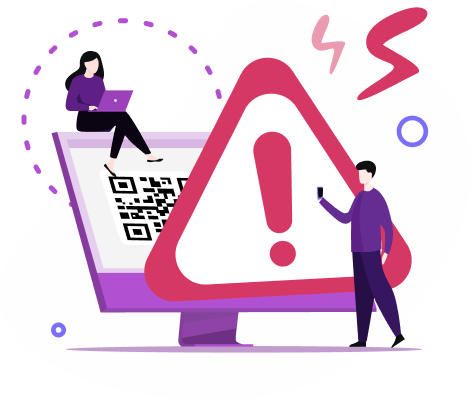
To create QR code for link, video or image - click on button below.
Generate QR Code
Thanks to a QR code, you can carry out the most successful advertising campaigns. The QR technology itself can bring numerous advantages to the development of your project. At the same time, it is effective for both online and offline brand promotion.
However, what if you can't scan the QR code? Why my QR code is not working? How can you check it? And most importantly - how to prevent repeating mistakes? But first things first. In this guide, we will explore common QR Code scanning problems, provide examples of errors, and offer useful tips to fix these problems.

QR codes, while convenient and widely used, can sometimes fail to function as intended. There are several common issues that can lead to a QR code not being scannable, ranging from technical problems to design flaws. Here are some of the most frequent reasons why QR codes fail:
By avoiding these common mistakes, you can ensure that your use of QR codes is purposeful, user-friendly, and effective. Remember, the goal is to enhance the user experience, not complicate it. When used judiciously, QR codes can be a powerful tool for connecting the physical and digital worlds.
Upon using the QR code generator, you won’t have any restrictions on the types of content. These can be links to a single image or an entire gallery, an application in the App Store and Google Play, a restaurant menu, business card, presentation, PDF file, etc. But some restrictions on QR code use still should be mentioned.
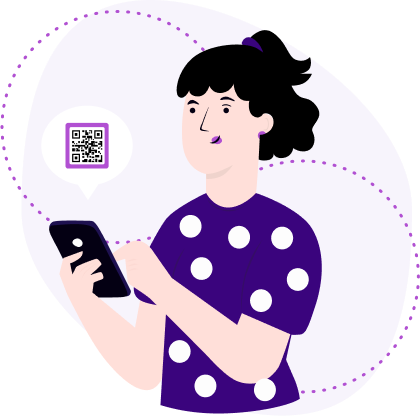
The reason for this decision is simple: the camera can’t recognize the QR code on the move, which means users simply won’t be able to scan it. Imagine an airplane in flight at an altitude of 7000 m. Does placing a QR code on it make common sense? Absolutely no.
QR code printing on cars, buses, and trolleybuses is also irrational. Of course, users can scan the code when the vehicle stops, but they certainly won’t be able to do that on the go. Moreover, the attempts to scan the code can lead to accidents, because the road user will focus on scanning and not on safety. Thus, your advertising campaign won’t bring the desired efficiency.

Of course, you can realize this idea if you just like the image of the QR code on the body. But doing this from a marketing point of view is definitely not worth it.
The fact is that the skin tends to stretch and renew itself, which leads to changes in the tattoo contour. Over time, tattoo boundaries become blurred, which means it’ll be impossible to scan and navigate through the QR code.
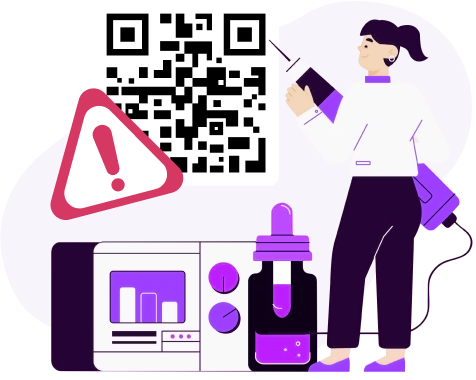
Try to remember the most unusual and unique haircut you've seen. Probably the most catchy mohawk doesn’t stand next to the QR code cut on the back of the head.
However, such a QR code will just elicit a smile but won’t bring any benefit. Try to choose more suitable places to put your codes if you want to achieve your desired ROI.

If you place your QR code under glass, then the user is likely to have problems due to lighting and glare. Unfortunately, in such conditions, the QR code simply can’t be scanned, which means it’ll be impossible to follow the link. When choosing where to place the code, be sure to run a scan test.
It is also highly advisable not to make the QR code too light. It’s better to choose the right contrast, which will provide clear boundaries to the code and ensure easy scanning.
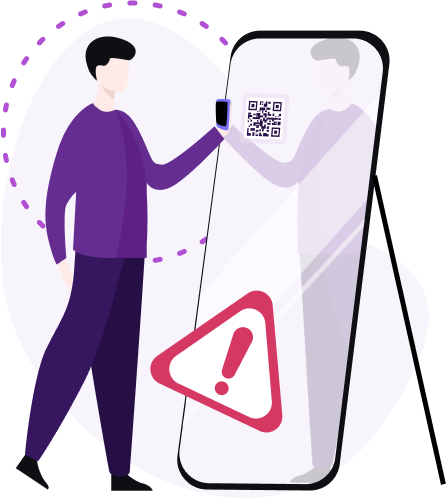
Hard-to-read and even unreadable QR codes on product packaging are not uncommon. Therefore, it’s important to consider the type of material on which your code will be printed. Creating a QR code for free is great, but you should make the scan test as well.
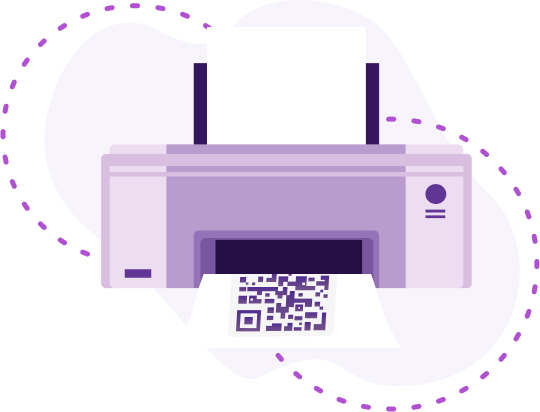
QR codes often lead to online content, requiring an internet connection to access the information they contain. Placing QR codes in areas with poor or no internet connectivity can lead to frustration for users who are unable to access the content after scanning the code. To avoid this issue, always test the internet connectivity in the area where you plan to place the QR code.
In the excitement of new technology, it's tempting to use QR codes everywhere. However, using them without a clear purpose can lead to "QR fatigue" among users and diminish their effectiveness when they're truly needed.
For instance, placing a QR code on a business card that simply leads to the same contact information already printed on the card doesn't add value. It's an unnecessary step for the user. However, a QR code on the same business card that leads to a full digital portfolio or an online booking system does add significant value.
Before implementing a QR code, always ask: "Does this genuinely enhance the user experience or provide access to valuable additional information?" If the answer is no, reconsider whether a QR code is necessary in that context.
Now you know that it’s crucial to not only just print the QR code but to think over its design and rational placement. However, the question is left open: why is my QR code not working? Despite its simplicity in creation, mistakes do happen. The reason for this may be low contrast, poor clarity, large amount of encrypted information, small size, long distance, and more.
Thus, it’s not enough just to print a QR code, you also need to conduct a scan test. Fortunately, it only takes one minute to check the generated QR code. To do this, open our scanner and scan the code. If your code scans then everything works well. If it can’t be scanned - then we will figure out how to fix QR code as soon as possible.
Last modified 21.11.2024 13:52
Was This Article Helpful?
Click on a star to rate it!
Thank you for your vote!
Average Rating: 4/5 Votes: 2
Be the first to rate this post!